Reading the paper on February 8, 1945.
Washington, London and Moscow issued identical statements yesterday which said the “Big Three” Allied leaders, FDR, Churchill and Stalin, had reached ‘complete agreement’ on operations for the final phase of the war against Nazi Germany.
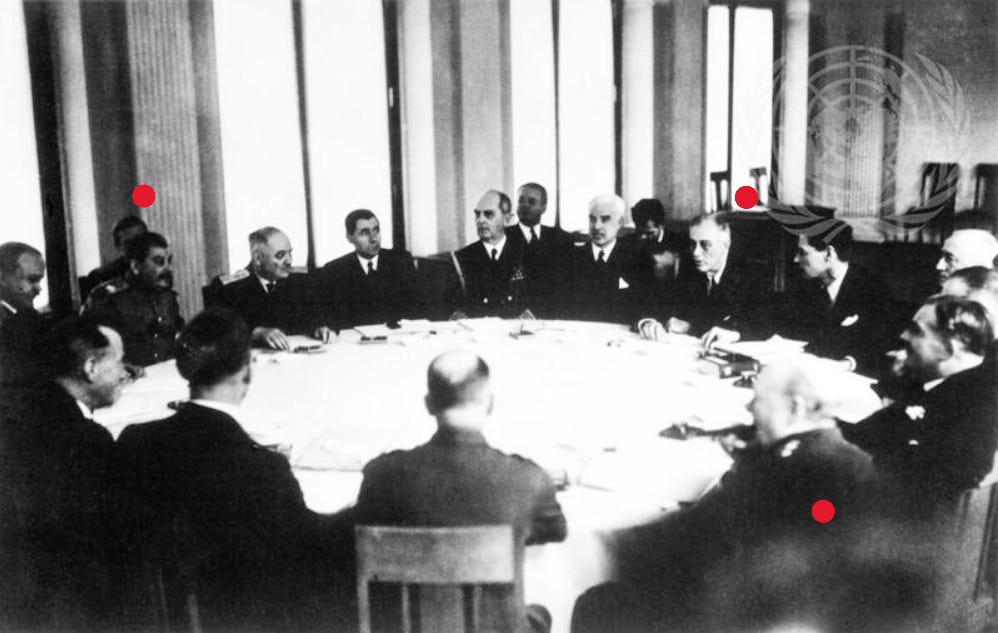
They are meeting somewhere in the Black Sea area, reports say, and are now discussing plans for the postwar occupation of Germany, problems anticipated in liberated Europe, including fixing boundaries, and the establishment of a world peace organization.
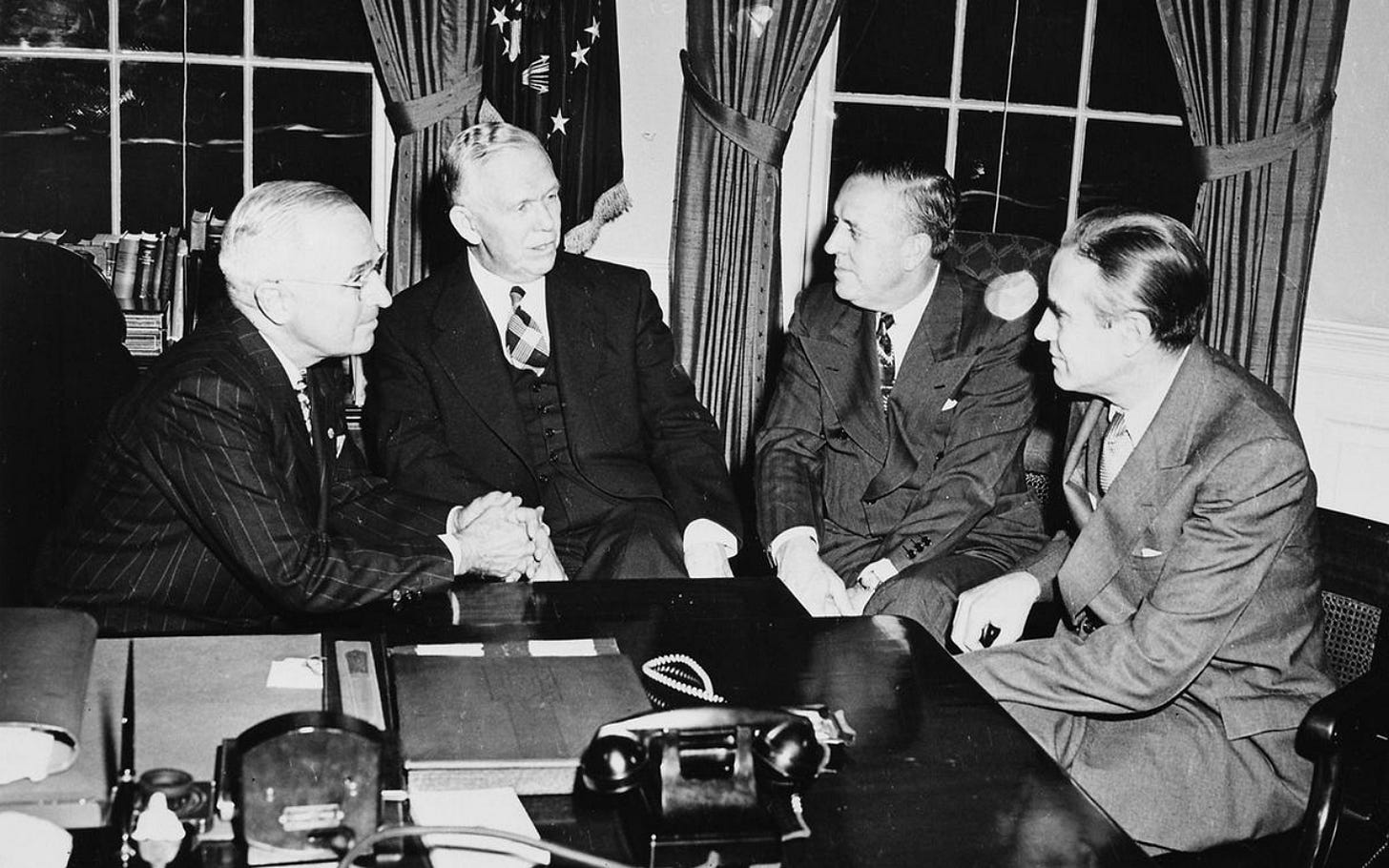
General George Marshall, the Army Chief of Staff, is among the American advisors attending the Yalta meeting.
In three years’ time, Marshall will develop and implement a successful economic recovery plan for postwar Europe as President Truman’s Secretary of State.
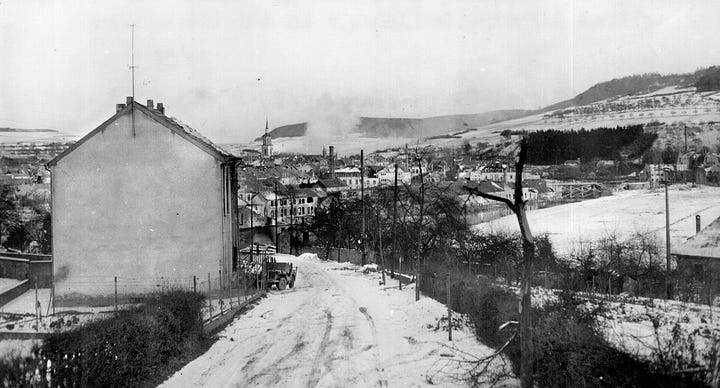
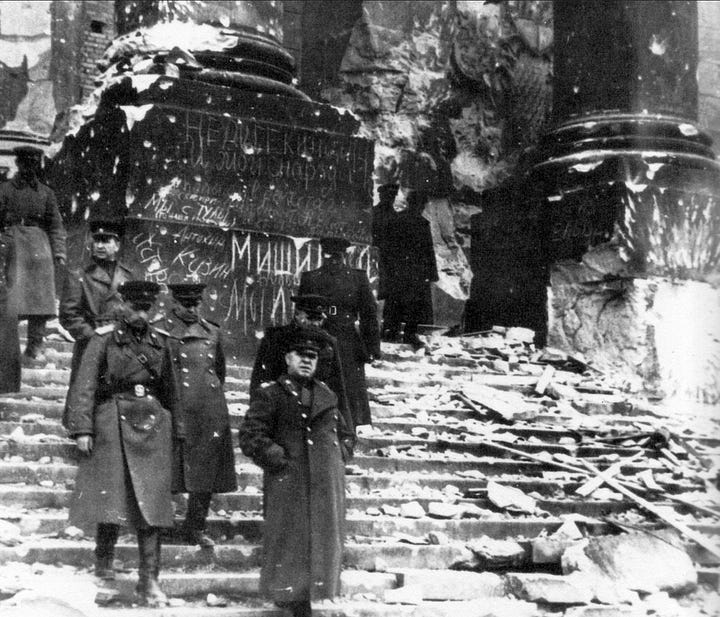
Four divisions of General George Patton’s Third Army have advanced into Germany at ten points along the Luxembourg border, crossing the Our and Sauer Rivers in assault boats under the German guns of the Siegfried Line.
The crossings of the swollen rivers were made in fog and required maneuvering around submerged barbed wire on the east banks.
In the east, Soviet troops under Marshal Georgy Zhukov have advanced to within thirty-one miles of Berlin.
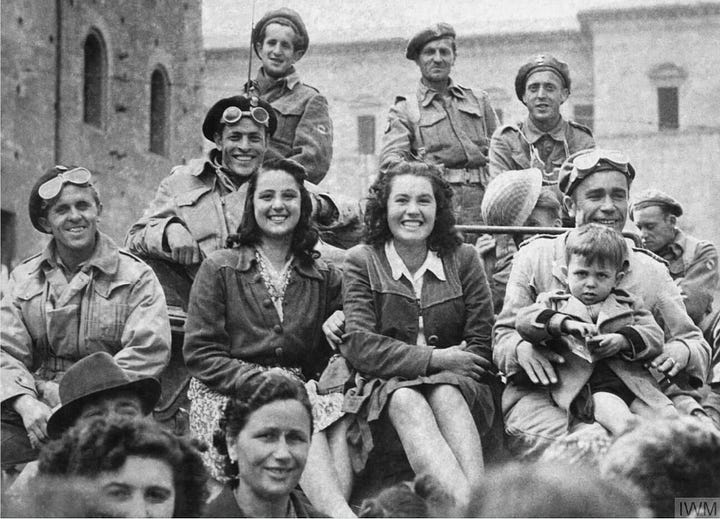
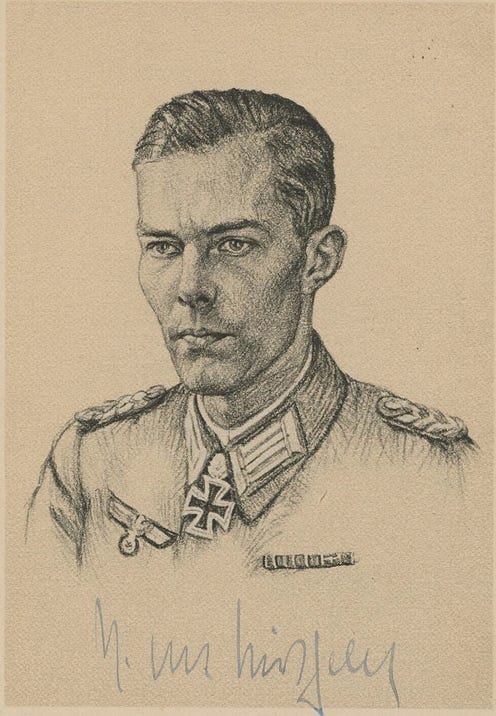
After a three-month lull, the US Fifth Army mounted a limited assault against heavily-defended Nazi mountain positions along the Florence-Bologna highway.
News reports from Switzerland say the youngest Nazi Wermacht commanding general, Harald von Hirschfeld, age 32, was killed in action along the Poland-Slovakia border on January 18, three days after his promotion.
Hirschfeld had played a major role in the massacre of 5,100 Italian POWs in Greece in 1943.
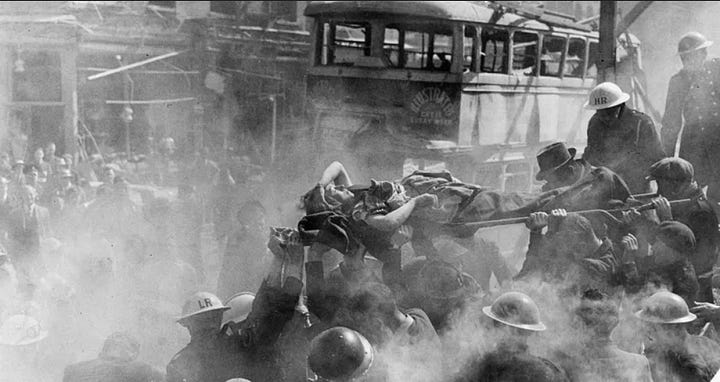
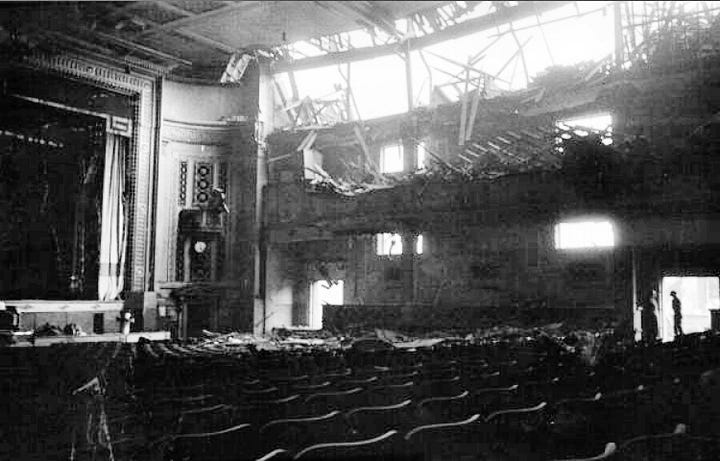
The British Air Ministry reports another V-2 rocket attack has struck southern England overnight.
The V-1, essentially a bomb-laden aircraft without a pilot, began striking Britain in June 1944, and the V-2, a rocket, began its strikes in September.
The twenty thousand deaths among the German workers constructing these bombs, who were drawn from concentration camps and forced to work in brutal conditions, will exceed the death toll from the bombs’ wartime use against the Allies.
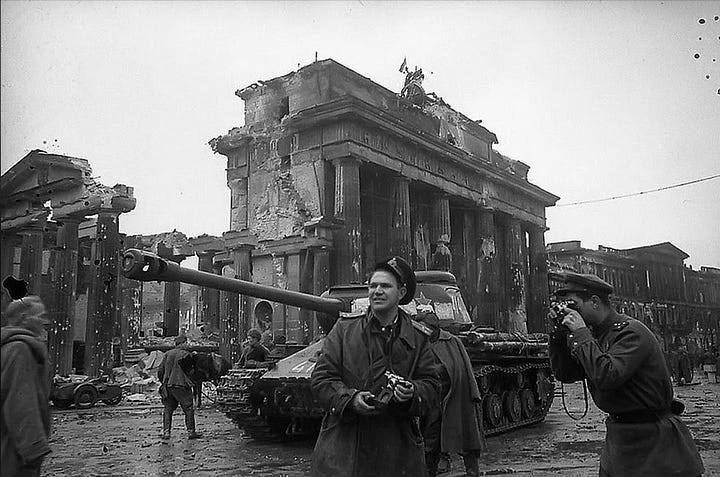
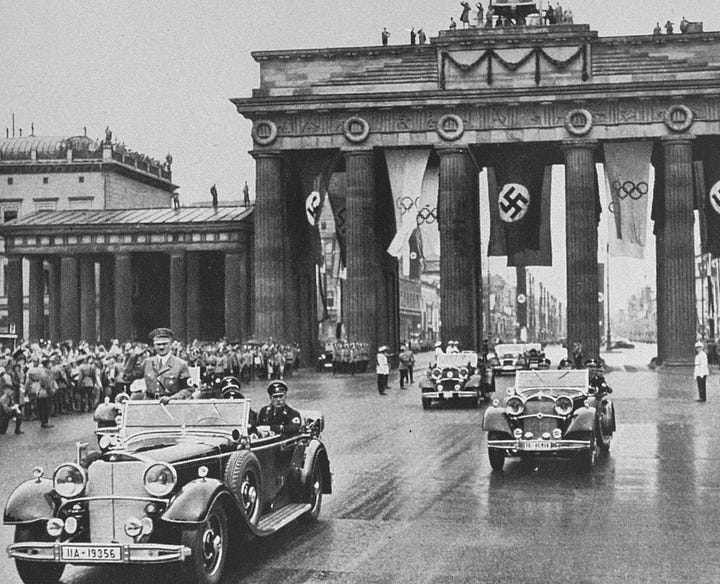
A Stockholm reporter says the Germans have bricked up the Brandenburg Gate to bar victorious Soviet troops from riding through the archway made famous by Hitler’s Nazi processions.
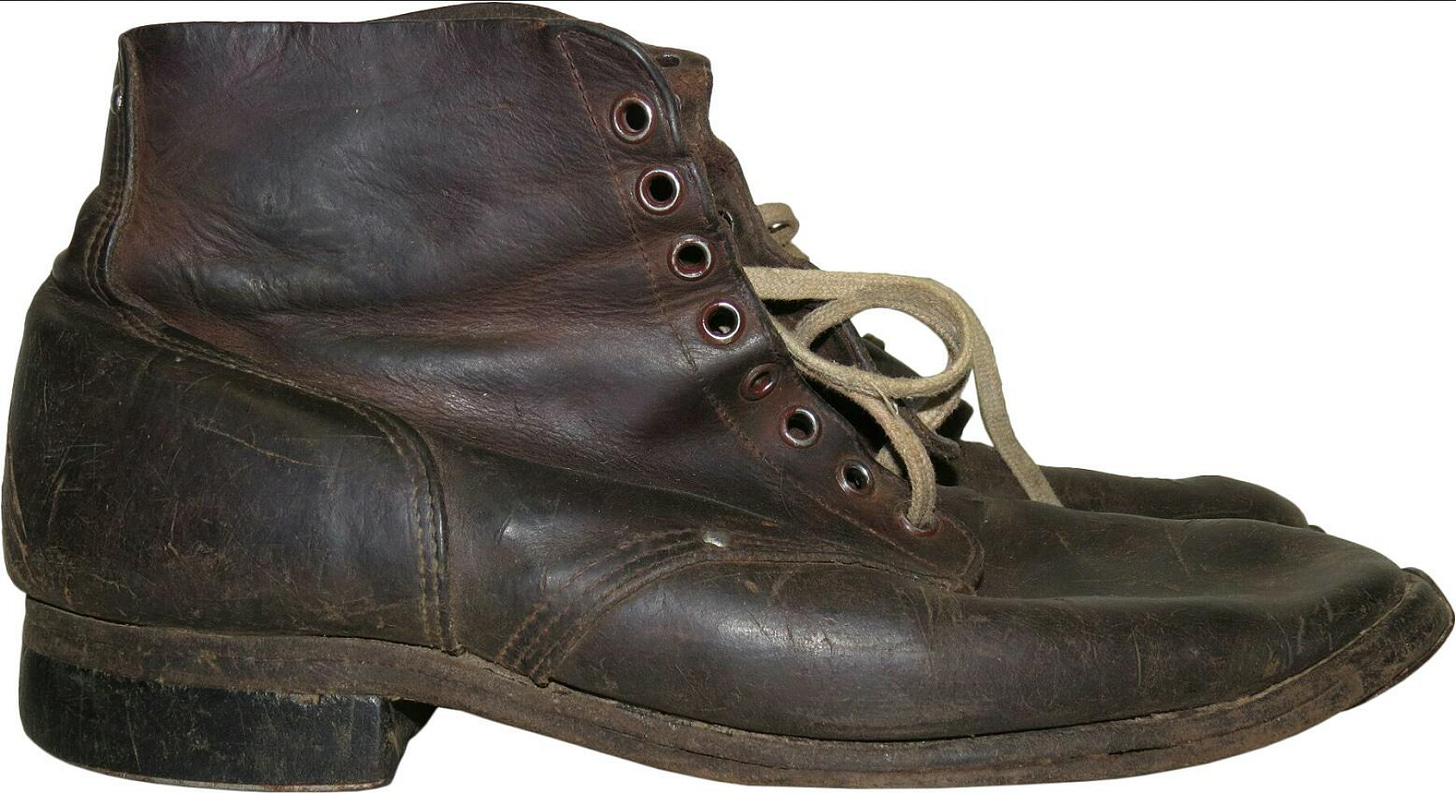
In an effort to clarify facts about the Lend-Lease law, whose extension Congress is now considering, the Roosevelt administration said the US had sent more than ten million pairs of army boots to the Soviet Union.
The administration also refuted the rumor that American tourists in Canada can buy rationed American butter there in unlimited quantities because it has been sent to Canada under the Lend-Lease law.
Canada has received nothing under the Lend-Lease program, the administration says, and all of the butter which has been shipped abroad has gone to the Soviet Union for use by the Soviet army.

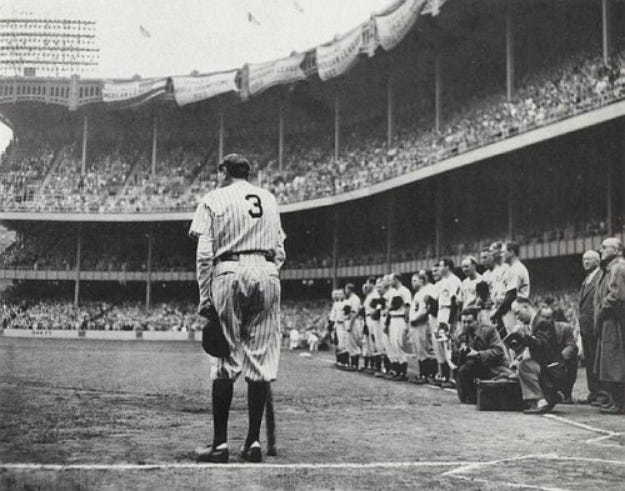
Babe Ruth celebrated his fifty-first birthday yesterday in the company of a few close friends.
Though suffering from a lingering cold, the Babe said he felt well, but couldn’t believe that seventeen years had passed since he set baseball’s home-run record of sixty home runs in 1927.
The ‘King of Swat’ has got two more years left.
He’ll begin cancer treatments in a few months, but succumb to metastatic cancer, emanating from his nose and throat, in August 1948.
From the paper’s ‘lost and found’ section:
Lost: HAIRPIECE, left in taxi from 65th Street to 45th Street. Return to Charles & Ernest, 109 East 47th Street. Reward.
Lost: COAT, white Russian ermine. January 30 evening. Between 73rd Street/Broadway and 84th Street/Riverside Drive. Or taxi. Reward. W. Renzelman.
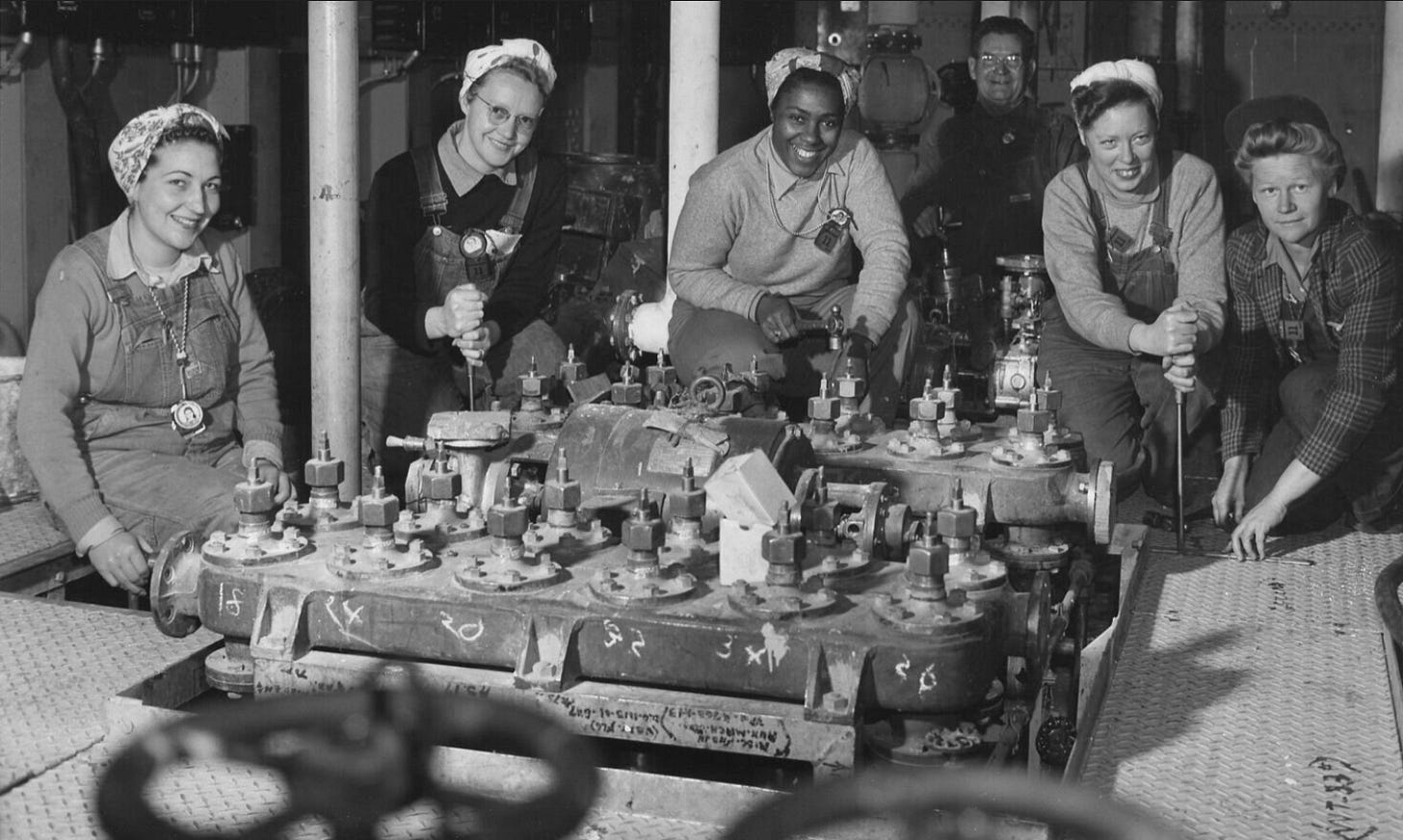
And finally…
The Journal of Orthopsychiatry reports that the war has had a mixed effect on American family life.
Factors noted as strengthening the family include: the full employment of adults; tire and gasoline shortages, which have kept families at home; and volunteer war activities, which have provided a common interest.
The leading factor which has weakened family life is the ‘absent or neglectful mother.’
Women factory workers weren’t the only culprits, the Journal says.
Included are those women whose ‘patriotic zeal’ immersed them in volunteer activities, drawing them away from their household responsibilities.
I’ll see you on Monday.
— Brenda













Share this post